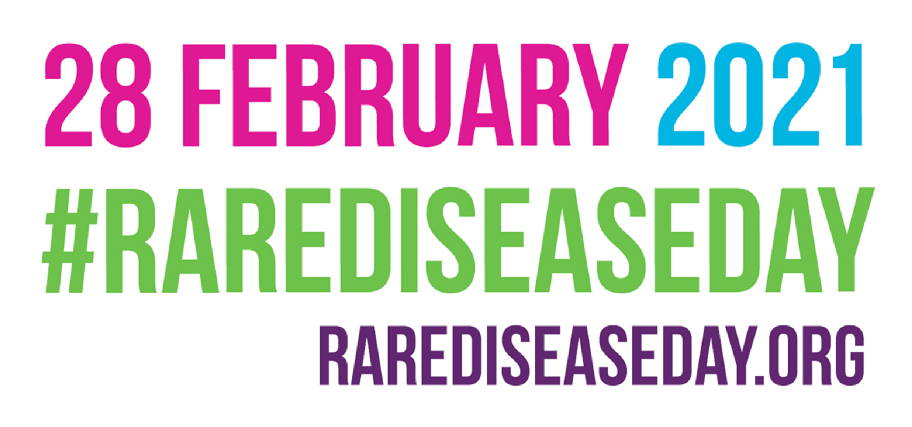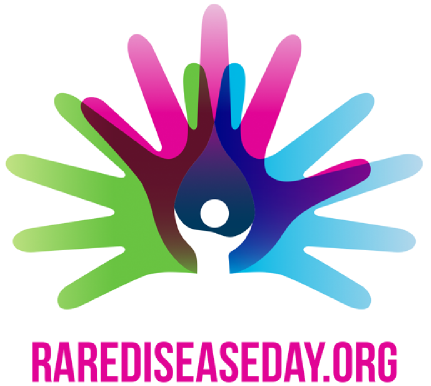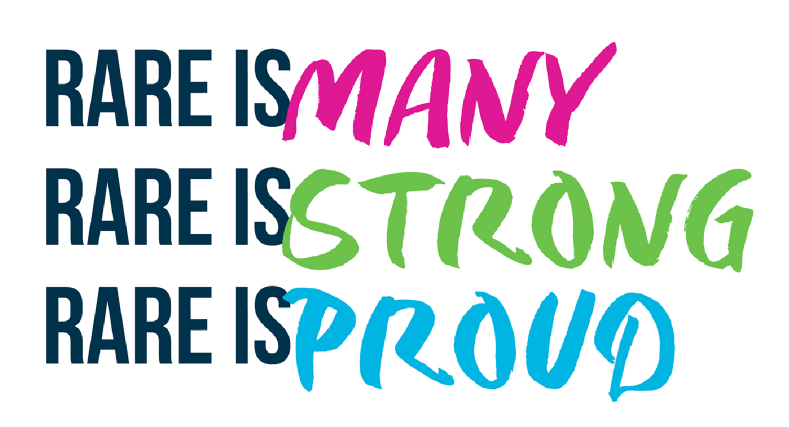Why is it so challenging to get therapeutics into muscle tissue?
There are a couple of factors. First is the sheer complexity of muscle. There are three muscle tissue types: skeletal, smooth and cardiac. Within each tissue, there are multiple cell types, each performing different and highly specialized functions. As you might imagine, it’s a challenge to deliver therapeutics into the right cells, in the right dose, to address the specific biology of a given disease.
Secondly, muscles are very large tissues, so you likely need to deliver a much larger quantity of therapeutic than you would for, say, a retinal disease.
How does Dyne seek to address this challenge?
We’re really proud of our FORCETM platform, which is the foundation of all our investigational therapies and, we believe, our path to overcoming the historical challenge of delivery to muscle.
The FORCE platform combines three elements and we have validated it in multiple preclinical studies. We start with a proprietary antigen-binding fragment antibody, or Fab, which is engineered to bind to the transferrin 1 receptor (TfR1) that is highly expressed on muscle cells. This allows us to target muscle cells very precisely. Next comes a clinically-validated linker molecule, which connects the Fab to the third element, a therapeutic payload designed to target the genetic basis of disease.
We utilize this platform to develop investigational therapies for muscle diseases, initially focusing on myotonic dystrophy type 1 (DM1), Duchenne muscular dystrophy (DMD) and facioscapulohumeral muscular dystrophy (FSHD). DM1 and FSHD are devastating, progressive muscle diseases, and there are no approved treatments to modify the course of the disease. In Duchenne, there is a need for new treatment options for patients, and we are aiming to develop therapies for individuals who have specific genetic mutations, starting with our Exon 51 program. Using our FORCE platform will allow us target the therapeutic payload to muscle targeting the genetic basis of the disease.
How does the Fab “know” to deliver the payload to muscle tissue?
That’s a great question. The Fab is engineered to bind to the TfR1 receptor. This is a well-known receptor that is highly expressed across multiple tissue types – including skeletal, cardiac and smooth muscle.
The TfR1 receptor plays a critical role in muscle physiology as its key responsibility is to transport iron into the cells. We leverage this critical function by binding to TfR1 with our specific Fab and subsequently delivering our medicines into the muscle cells.
Why does Dyne’s platform use an antibody fragment (Fab), rather than a full antibody (mAb)? What advantage does that confer?
We chose a Fab because we believe it offers powerful advantages over a monoclonal antibody (mAb). Our proprietary Fab is optimized to bind to the TfR1 receptor without interfering with its natural function of iron homeostasis. That’s important because we want the muscle cells to continue to function properly even as we deliver our therapy. Another advantage – both in our own research at Dyne and the scientific literature confirm that mAbs can degrade TfR1 when they bind to the receptor; that can end up limiting the amount of the therapy that the TfR receptor can ferry into the cell.
Fabs are advantageous as well because they are smaller in size than a mAb, which makes it easier to reach the surface of the muscle fiber and potentially enables us to use less Fab protein. We believe this may support an enhanced tolerability profile.
Additionally, Fabs do not have an Fc domain. This reduces the risk that immune cells will be activated to go after the Fab as an unfamiliar intruder. With a lower risk of an immune response, the Fabs have more time to bind to TfR1 receptors and successfully transport the therapeutic payload into the cell.
For all those reasons, we determined Fabs to be a better choice for our platform than full-sized antibodies.
The FORCE platform lets you connect different therapeutic payloads to the Fab via a linker. How do you determine which payload is most appropriate for the disease in question?
When selecting our therapeutic payload, we have to determine the ideal payload to target the genetic basis of disease.
DM1 is a monogenic, autosomal dominant disease caused by an abnormal expansion in a region of the DMPK gene. In DM1, it’s critical we select a payload that is preferentially trafficked to the nucleus, as our goal is to knock down the toxic DMPK RNA that accumulates in the nucleus of muscle cells in individuals living with this disorder. For this program, we are using an antisense oligonucleotide (ASO) which can directly target DMPK in the nucleus.
For DMD, we use phosphorodiamidate morpholino oligomers, or PMOs, which are known to be effective in driving nuclear exon skipping and increasing levels of the dystrophin protein, which is insufficient or absent in people with DMD.
FSHD is caused by an aberrant expression of the double homebox4, or DUX4, gene in muscle tissue, which leads to death of muscle and replacement by fat. For FSHD, we use a PMO with the goal of reducing DUX4 expression.
We leverage small interfering RNAs (siRNAs) for targets in the cytoplasm, as these can be used to silence a specific gene and knock down toxic nucleic acid sequences in the cytoplasm.
The FORCE platform is really quite flexible and also gives us the opportunity to deploy other types of payloads, including small molecules. We are exploring many options in our research pipeline.
Dyne has shared preclinical data in both DM1 and DMD. Could you walk us through the data you’re most excited about?
We are very excited about our preclinical data, including demonstrating functional benefit in well-validated disease models of DM1 and DMD.
As I mentioned, in DM1 it is critical to target the toxic DMPK RNA that forms in the nucleus and is the genetic basis of the disease. In January 2021, we announced new preclinical data demonstrating robust knockdown of toxic human nuclear DMPK RNA, in a novel in vivo model developed at Dyne, and we look forward to presenting additional results at the American Society of Gene & Cell Therapy Annual Meeting in May 2021.
Two doses of Dyne’s lead DM1 candidate resulted in significant DMPK knockdown within 14 days. The amount of toxic RNA in the nucleus was reduced by 60 percent in the heart, 56 percent in the diaphragm, 54 percent in the tibialis anterior (a lower leg muscle) and 39 percent in the gastrocnemius (another lower leg muscle). It’s also important to note that our candidate was well-tolerated.
These results build on previous preclinical data showing reduction of symptoms such as myotonia and durable response of up to 12 weeks after a single dose.
We have seen similarly positive results for our DMD program candidate. In preclinical studies, a single dose has prompted increased exon skipping, increased dystrophin expression, reduced muscle damage and increased muscle function compared to a “naked” oligonucleotide – meaning one that is not connected to a Fab or mAb to improve targeting of muscle tissue.
FORCE is a modular platform, meaning you use the same Fab and linker and simply swap out the payload for each disease you are targeting. What are the benefits of this approach?
A modular platform is a tremendous advantage because it means you don’t have to start from scratch with each disease you target. We use the same Fab and same linker for each therapy and switch out the payload. We believe this approach will help us move our programs more efficiently and quickly through the discovery and early development phases to help patients.
What is your vision for the FORCE platform? How do you hope it will make a difference for people living with rare muscle diseases?
I am very excited about our FORCE platform. We believe it offers significant advantages over other development approaches for treating muscle diseases.
Our goal is to develop safe, durable and effective therapies that can potentially halt or reverse the progression of rare muscle diseases affecting families around the world. I am looking forward to the important work we have ahead of us at Dyne as we look to create a brighter future for patients.



